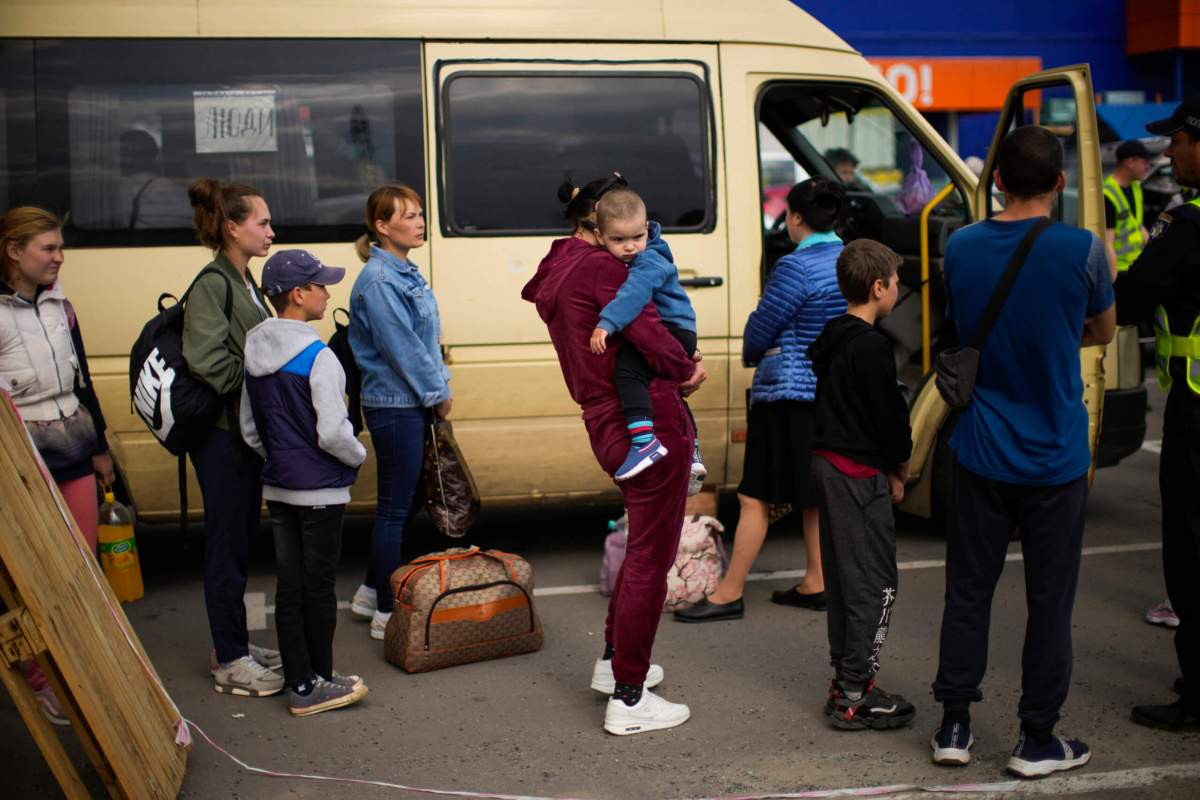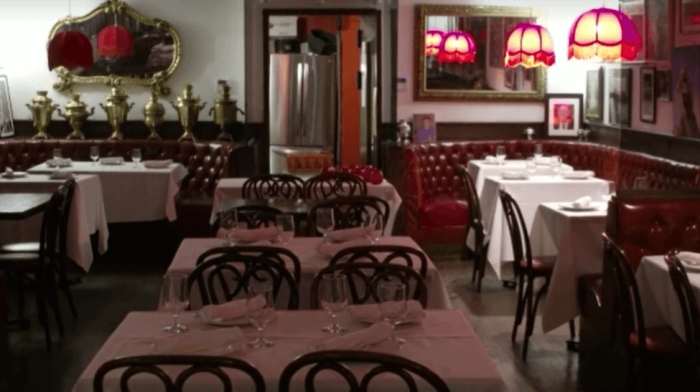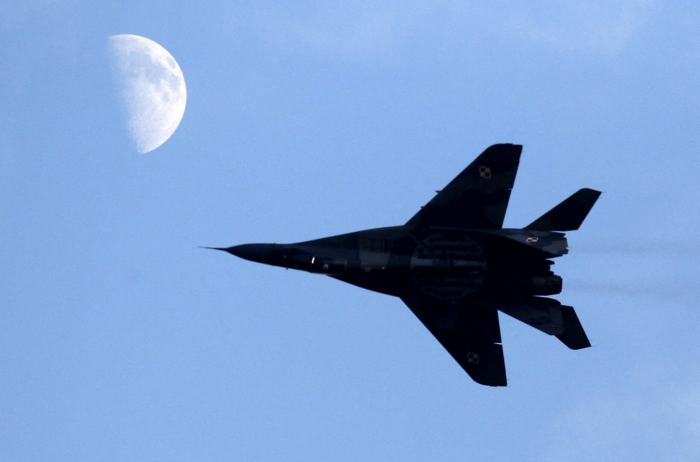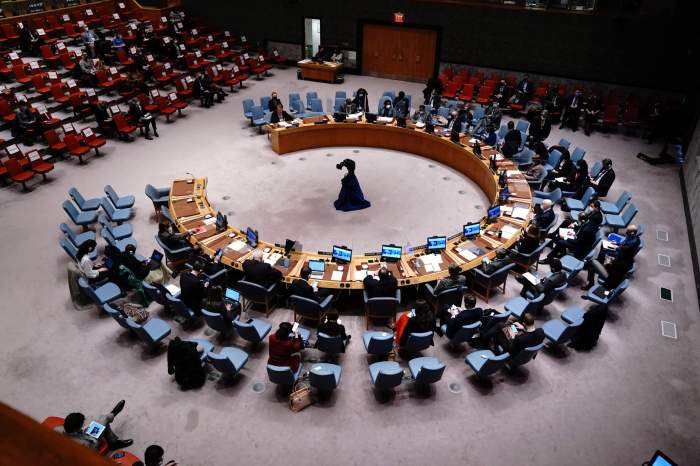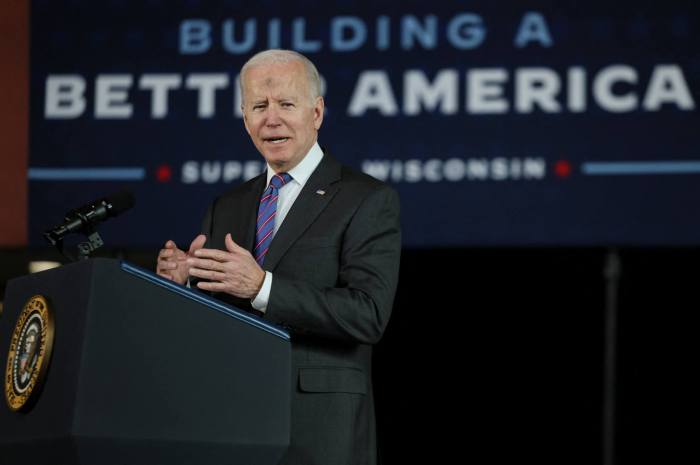Russian forces Tuesday began storming the steel mill that represented the last pocket of resistance in Mariupol, Ukrainian defenders said, just as a convoy carrying scores of civilians evacuated from the plant over the weekend arrived in the relative safety of a Ukrainian-controlled city.
Osnat Lubrani, the U.N. humanitarian coordinator for Ukraine, said that thanks to the evacuation effort, “101 women, men, children and older persons could finally leave the bunkers below the Azovstal steelworks and see the daylight after two months.”
The news for those left behind was more grim. Ukrainian commanders said Russian forces were storming the sprawling plant, which includes a maze of tunnels and bunkers.
“The enemy is trying to storm the Azovstal plant with significant forces using armored vehicles. Our fighters are repelling all attacks,” said Denys Shlega, a brigade commander with the Ukrainian National Guard who was at Azovstal.
An estimated 2,000 Ukrainian fighters were said to be holed up in the plant. Deputy Prime Minister Iryna Vereshchuk said a few hundred civilians also remained there. And it was unclear whether a new evacuation would be organized.
On the messaging app Telegram, deputy commander of Ukraine’s Azov Regiment, Sviatoslav Palamar, said the Russians were mounting a heavy assault on the plant with “the support of armored vehicles and tanks, with attempts to land troops from boats and a large number of infantry.”
“We’ll do everything that’s possible to repel the assault, but we’re calling for urgent measures to evacuate the civilians that remain inside the plant and to bring them safely,” he said.
He added that throughout the night, the plant was hit with naval artillery fire and airstrikes. Two civilian women were killed and 10 civilians were wounded, he said.
The assault began almost two weeks after Russian President Vladimir Putin ordered his military not to storm the plant but seal it off.
It came as the first convoy of evacuees from the plant arrived in the Ukrainian-controlled city of Zaporizhzhia, some 140 miles (230 kilometers) northwest of Mariupol. They were allowed to leave during a brief cease-fire over the weekend, in an operation overseen by the U.N. and the Red Cross.
At a reception center, stretchers and wheelchairs were lined up, tiny children’s shoes dangled from a shopping cart and a pile of toys waited for the convoy. Medical and psychological professionals were on standby.
The arrival of buses and ambulances was a rare glimmer of good news in the nearly 10-week conflict that has killed thousands, forced millions to flee the country, laid waste to towns and cities, and shifted the post-Cold War balance of power in Eastern Europe.
“Over the past days, traveling with the evacuees, I have heard mothers, children and frail grandparents speak about the trauma of living day after day under unrelenting heavy shelling and the fear of death, and with extreme lack of water, food and sanitation,” the U.N.’s Lubrani said. “They spoke of the hell they have experienced since this war started, seeking refuge in the Azovstal plant.”
In addition to the 101 people evacuated from the steelworks, 58 joined the convoy in a town on the outskirts of Mariupol, Lubrani said. Some decided not to travel all the way to Zaporizhzhia, where a total of 127 arrived Tuesday, he said.
The Russian military said earlier that some evacuees chose to stay in separatist areas. In the past, Ukraine has accused Moscow of taking civilians against their will to Russia or Russian-controlled areas — something the Kremlin has denied.
Mariupol has come to symbolize the human misery inflicted by the war. The Russians’ two-month siege has trapped civilians with little access to food, water and electricity, as Moscow’s forces pounded the city to rubble. The plant has particularly transfixed the outside world.
The pounding of the steel plant resumed after the weekend evacuation. Vadim Astafyev, a Russian Defense Ministry spokesman, said that Ukrainian fighters used the cease-fire to take up new positions at the plant.
They “came out of the basements, took up firing positions on the territory and in the buildings of the plant,” he said. Russian troops along with the Moscow-backed separatist forces used artillery and aircraft “to destroy these firing positions.”
After failing to take Kyiv in the early weeks of the war, Russia withdrew some of its forces and said its chief objective was the capture of Ukraine’s eastern industrial heartland, known as the Donbas.
Mariupol lies in the region, and its fall would deprive Ukraine of a vital port, allow Russia to establish a land corridor to the Crimean Peninsula, which it seized from Ukraine in 2014, and free up troops for fighting elsewhere in the Donbas.
Michael Carpenter, U.S. ambassador to the Organization for Security and Cooperation in Europe, said Monday that the U.S. believes the Kremlin plans to annex much of eastern Ukraine and recognize the southern city of Kherson as an independent republic. Neither move would be recognized by the U.S. or its allies, he said.
Russia is planning to hold sham referendums in the Donetsk and Luhansk regions in the Donbas that would “try to add a veneer of democratic or electoral legitimacy” and attach the entities to Russia, Carpenter said. He also said there were signs that Russia would engineer an independence vote in Kherson.
Getting a full picture of the unfolding battle in the east has been difficult because airstrikes and artillery barrages have made it extremely dangerous for reporters to move around. Both Ukraine and the Moscow-backed rebels fighting in the east have introduced tight restrictions on reporting.
But so far, Russia’s troops and their allied separatist forces appear to have made only minor gains, taking several small towns as they try to advance in relatively small groups against staunch Ukrainian resistance.
In its daily Twitter statement on the war, the British military said it believes the Russian military is now “significantly weaker” after suffering losses in its war on Ukraine.
“Recovery from this will be exacerbated by sanctions,” the ministry said. “Failures both in strategic planning and operational execution have left it unable to translate numerical strength into decisive advantage.”
Ukraine’s resistance has been significantly bolstered by Western arms, and British Prime Minister Boris Johnson on Tuesday announced a 300 million pounds ($375 million) in new military aid, including radar, drones and armored vehicles.
In a speech delivered remotely to Ukraine’s parliament, he pronounced Ukraine’s battle to hold off the Russians as the country’s “finest hour,” echoing the words of Winston Churchill during World War II.
“Your children and grandchildren will say that Ukrainians taught the world that the brute force of an aggressor counts for nothing against the moral force of a people determined to be free,” he said.
Ukrainian President Volodymyr Zelenskyy said at least 220 Ukrainian children have been killed by Russian forces since the war began.



